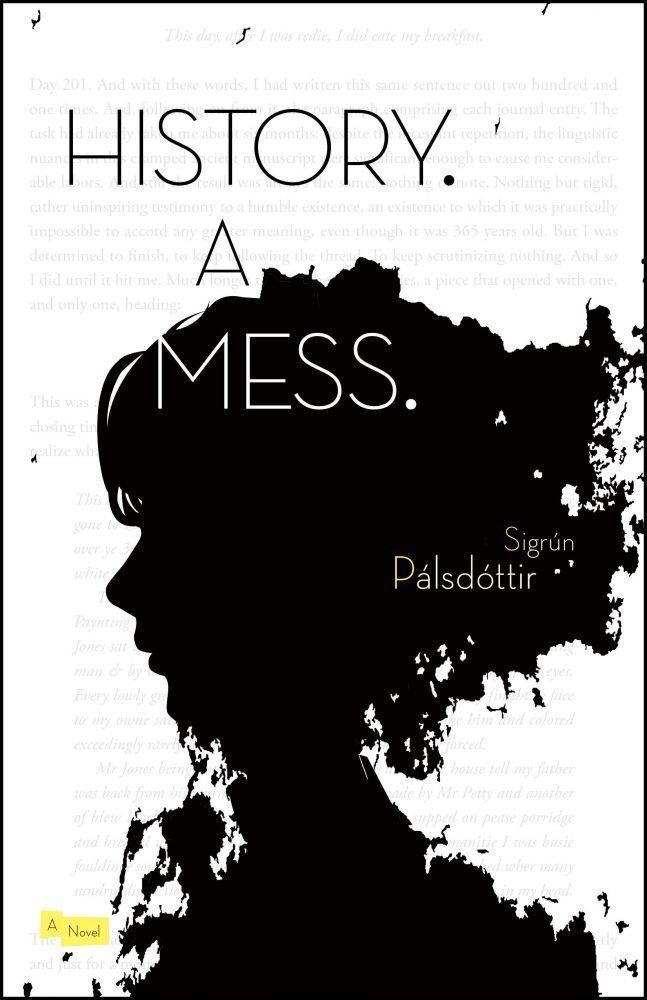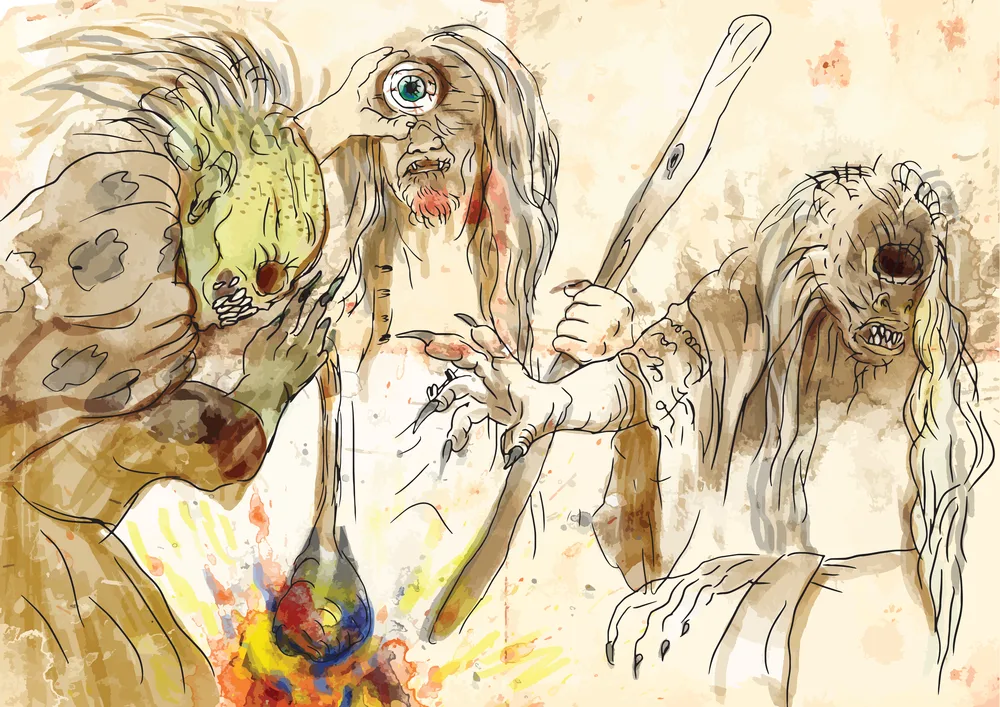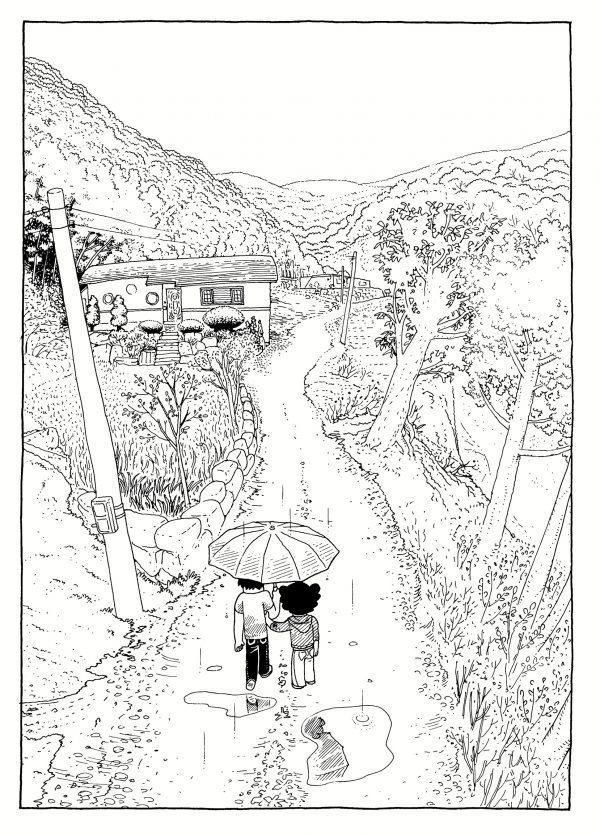History. A Mess. is a wonderful novel. Its ambition is met with resounding success every step of the way. Everything that it sets out to achieve – every theme explored, every emotion captured – it does so with pomp and flourish. And the translation by Lytton Smith is nothing short of astounding, capturing the oppressive weight of the protagonist’s mental state with linguistic flair.
All of this being said, it is not an easy book to get along with. It is not your friend. I’ve seen this book described as satirical, funny, and colourful but I must disagree. There is a dark, suffocating cloud of anxiety wrapped around this novel, as felt by its protagonist and expressed through its disorientating narration and weighted language. History. A Mess. is not a fun ride, but it is a rewarding one for those readers willing to persist.

History. A Mess.
Our protagonist, while researching a manuscript written by a 17th century painter, discovers potential evidence that this painter – known simply as S.B. – may have been a woman. A discovery which would change the landscape of European art history forever. Before the book’s halfway point, however, there is a twist: that two pages of the manuscript had been stuck together, and so her revelation comes crumbling down and she must choose how far she will go to hide her unexpected and disheartening secret.
“Had I just found a new beginning in the history of Western art? Frenzied jubilation thrilled through my body, words burst within me freighted with tremendous power.”
While History. A Mess. is, as I’ve said, pegged as a satire, it’s not your typical witty mockery. This is a millennial kind of satire: dark, brooding, biting, and anguished. It goes for the mind, unravelling the sanity of its protagonist one stitch at a time, and it takes you down with it.
Though the premise is simple, its method of travel is less one of following a linear path and more one of traversing the mental landscape: the thoughts, fears, and anxiety of the protagonist. From the very beginning, we are lifted against our will from one time and place and dropped, flailing, into another.
To begin with, this happens from chapter to chapter until eventually we become so disorientated that we can no longer trust what we think we know about our current surroundings. At first, this is such a puzzling phenomenon that it could easily leave the reader with a headache. But as you come to understand the rhythms of the protagonist’s mind, you start to understand the logic behind her thoughts, memories, doubts, and fantasies.
To give an example: before the plot of History. A Mess. is even made crystal clear, we are introduced to a door in her house. A door which she claims to have never noticed before. She guesses as to where it might lead or what might be hiding behind and eventually decides to nail a canvas across it as though to cover a secret that even she doesn’t know.
She is overreacting to a thing she does not even understand; her paranoia having grown so frightfully fast as to unnerve us to her mental state and her actions. As her true paranoia regarding the manuscript and her mistakes begins to make sense, our sympathies regarding the door grow in parallel. But, until that point, her obsession with the door is nothing short of frightening and surreal.
“I reckon that one out of every three times the pages fall in such a way that the book opens where my secret lies … I take out the loose page and do what I know I should not do.”
That fright is doubled-down on by the frenetic but precise and controlled translation skills of Lytton Smith. His ability to translate not only the words but the gravity they exude is uncanny. The jumbled and agitated mind of our protagonist is expressed with visceral sharpness of wit and pacing. For every page of every chapter, Smith over and again produces an English translation that is at once lyrical and poetic yet deftly off-kilter.
The tone of the language across the entire text feels like it has been sieved through a broken mesh, producing something fragmented and anxiety-inducing. This is perhaps the book’s biggest success: its ability to transmute the eerie and anxious atmosphere produced by its protagonist’s fragile paranoia into the room with you as you read, glued to the page.
A memorable example of this palpable paranoia is in the book’s most heavily satirical scene, in which our protagonist lies awake at night imagining what her friends are saying and doing while on a trip which she decided not to join them on.
This scene is uncomfortably relatable: we have all laid awake at night, our tired heads playing over memories and imagined scenarios that we twist and mould. But they are often brief and undetailed. In History. A Mess. however, her invented paranoid scenario grows out of control like Audrey II from Little Shop of Horrors. At first, it is a clearly imagined, off-hand invention of the mind, but through brilliantly subtle use of tense, tone, and grammar it becomes unclear whether it is, in fact, imagined at all. Until a delightful punchline brings it all crashing down to normality, eliciting a nervous laugh and a gasp of relief from the reader.
“How often can you go over and over a dream in your mind until the scenario begins to crack apart, its images crumbling, their lifetime becoming nothing more than the moment it takes to call them up?”
Conclusion
History. A Mess is an uncomfortable kind of satire. It aims to poke fun, seriously and harshly, at the ways in which our obsessions, our secrets, and our lies can blanket our minds in paranoia and self-doubt. It’s a window into the world of academia which pulls no punches with its insinuations about the over-importance placed on research that can often, as this book exemplifies, failed to change the shape of the universe.
Every facet of this book’s design, story, character, tone, plotting, grammar, language, and pacing is tied together to form a scathing and ironic satire of academia and all its pomp. Though it also serves as a friendly warning against burnout and the paranoia brought on by obsession and anxious trains of thought. All this being said, it is not an easy book to enjoy. There’s a heaviness to its language; a disjointedness to its management of time and place so thick that it can induce a thumping headache. It’s not a light-hearted satire at all, but it’s a damn clever one that runs deep. Perhaps too deep.
If you enjoyed this review, you might also love At Dusk by Hwang Sok-yong.



